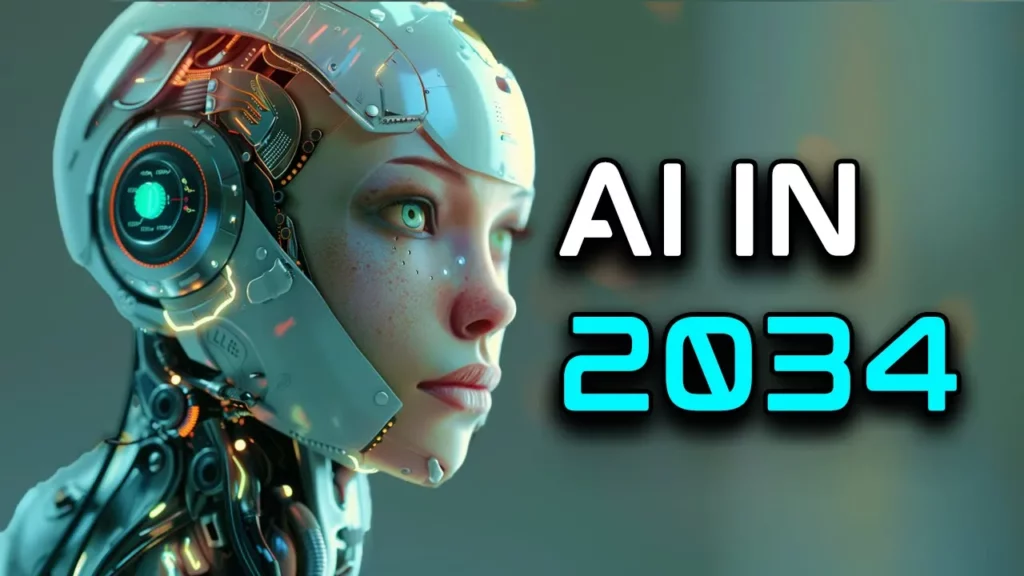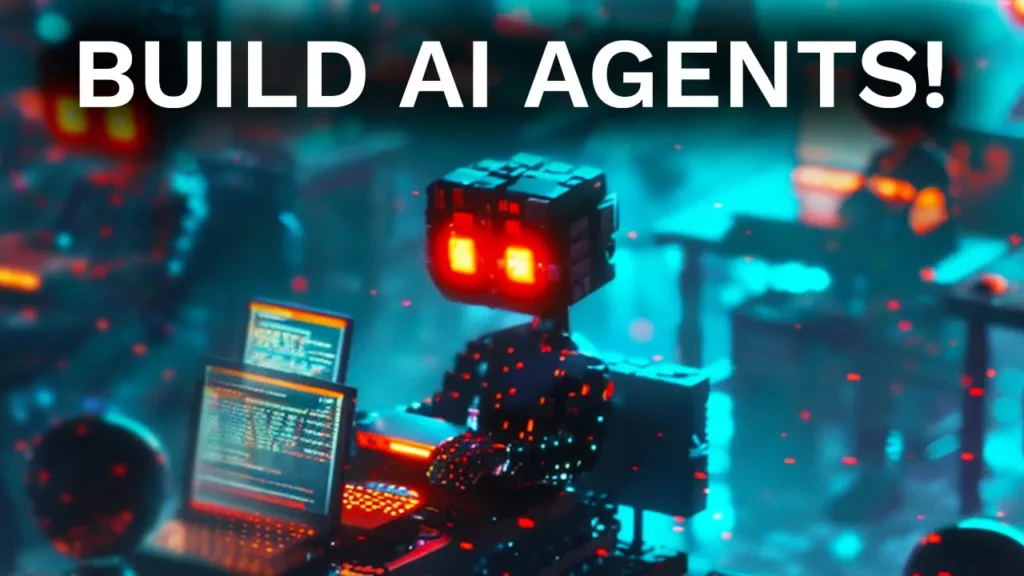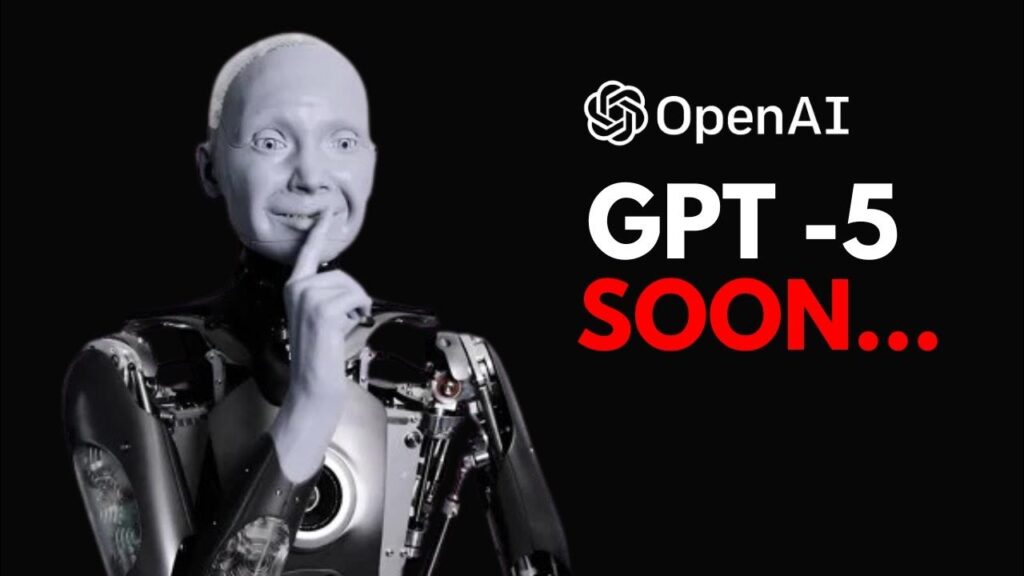The evolution of sight and intelligence has played a crucial role in shaping the world as we know it today. From the emergence of organisms with the ability to sense light to the development of complex nervous systems, the journey towards understanding and interacting with the environment has been nothing short of fascinating.
In a recent TED talk by Fei-Fei Li, the concept of spatial intelligence and its significance in the realm of artificial intelligence was explored. The discussion delved into the evolution of sight in organisms, emphasizing how the ability to see led to a deeper understanding of the world and, ultimately, the development of intelligence.
One key highlight of the talk was the progress made in the field of computer vision, where advances in neural networks, hardware, and data have revolutionized the way machines perceive and interpret visual information. From labeling images to generating descriptions in human natural language, the capabilities of AI in the realm of visual intelligence have grown exponentially.
Moreover, the conversation expanded to discuss generative AI algorithms that can create new images and videos based on human-prompted sentences, showcasing the potential for AI to not only see but also create novel content. This advancement opens up new possibilities for AI to assist in various creative endeavors and problem-solving tasks.
Furthermore, the dialogue touched upon the importance of spatial intelligence in enabling machines to interact with the 3D world effectively. Through the development of algorithms that can translate 2D images into 3D shapes and room layouts, researchers are paving the way for AI to understand and navigate physical spaces with greater proficiency.
Looking ahead, the integration of spatial intelligence into AI systems holds immense promise for various industries, including healthcare, robotics, and beyond. By harnessing the power of spatial intelligence, we can empower AI to not only assist us in tasks but also enhance our productivity and overall well-being.
In conclusion, the future of AI lies in embracing spatial intelligence, enabling machines to reason, interact, and create in the complex 3D space we inhabit. As we continue to advance technology with a human-centered approach, the potential for AI to become trusted partners in our quest for a better world is within reach.












